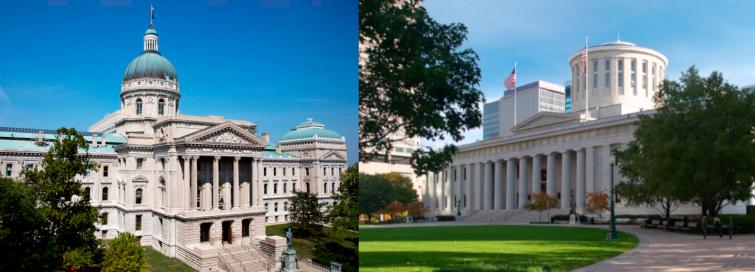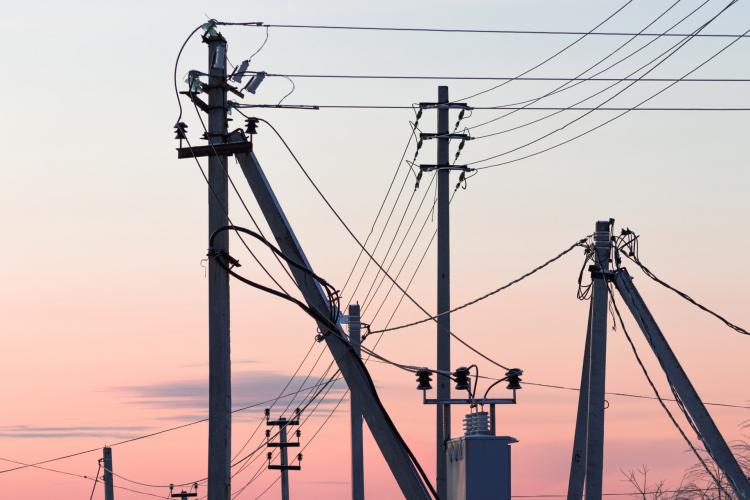Another One Bites the Dust: Ohio EE Legislation Dies in Lame Duck
It has been four years since electric utilities in Ohio have been allowed to run portfolios of energy efficiency programs for their customers. Since the state’s mandated energy efficiency resource standard (EERS) portfolios were wrapped up in 2020, utilities and advocates have supported bringing back EE through proposed voluntary portfolios in docketed proceedings with the Public Utility Commission of Ohio (PUCO). None of the attempts have been approved as proposed, and a few limited programs that have been negotiated through settlement agreements are a tiny drop in an empty bucket.









